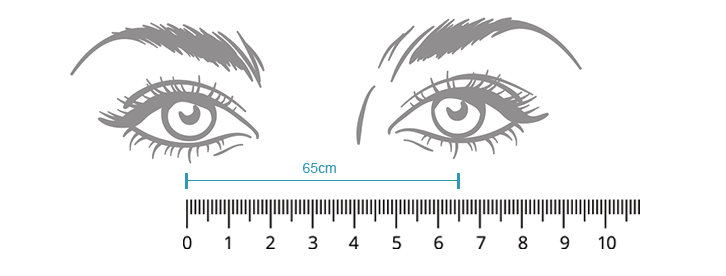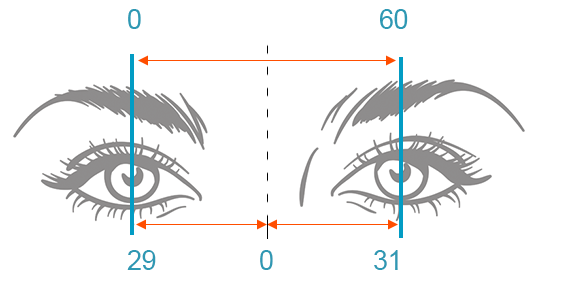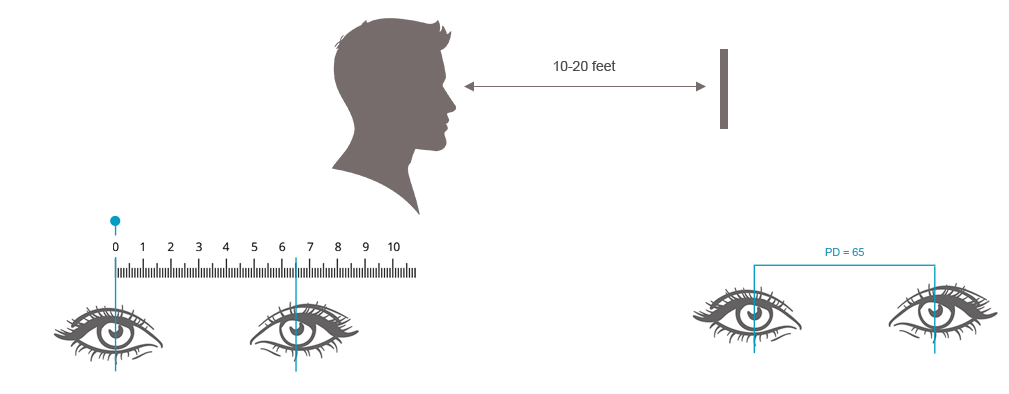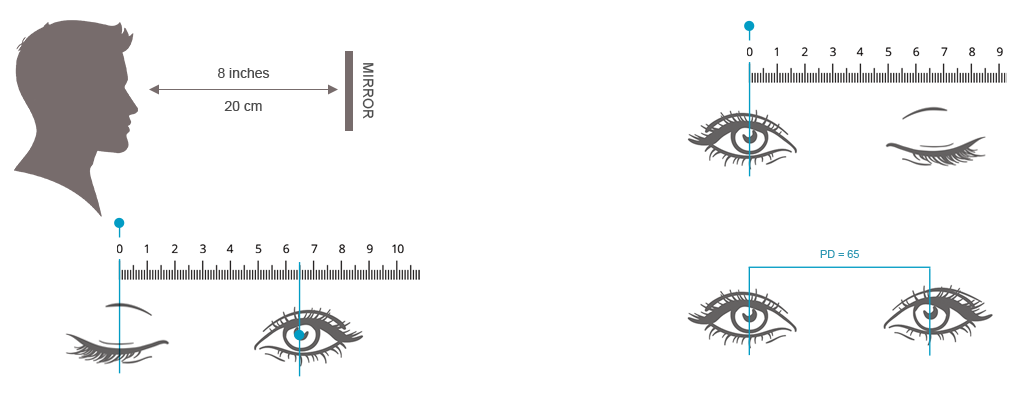Easily Customize
Easily Customize
Easily Customize
 Email Us
Email Us Live Chat
Live Chat
"I love customising my glasses through Eyecedar online, they are cheap and good quality, I received my Ward prescription glasses in a week."
Start Going Custom




Find a frame you like



Select prescription type



Choose photochromic


Proceed to checkout easy
Add more affordable value than ever before.
 loading...
loading...
It depends on what features you are looking for. The following categories can help with your decision:
Weight: If you want a super light frame, go with one that's 15 grams or lower. Titanium frames are generally very light.
Material: You have the choice between metal or plastic. Metal tends to be lighter. Plastic frames tend to be more durable.
Flexibility: This is a nice feature to have for sports glasses.
Color: Plastic frames tend to come in more color options, especially acetate plastic.
Hypoallergenic: Stainless steel, titanium, and acetate frames are hypoallergenic.
A special material that can filter blue light is added to the material of the blue light blocking lenses, which can effectively filter the harmful blue light of computer and mobile phone screens and block the damage of blue light to the eyes. The role of eye protection when using the screens of these electronic products.
Do you want a tint sunglasses?
- We offer 2 sunglass tints: Gray and Brown.
Do you want a tint that is lighter, or more colorful to enhance the appearance of your everyday glasses?
- We offer fashion tints in Gray and Brown.
Photochromic lenses are specially treated to turn dark when exposed to UV light. When the lenses are out of the sunlight, they become clear again. We carry the of photochromic lenses for our 1.57, 1.61, and 1.67 lenses, for both single-vision and progressive glasses.
We not provide eye exams or write prescriptions for eyeglasses. Please visit your ophthalmologist or optometrist to obtain both an eye exam and a prescription. They should provide you with a written copy of your prescription before you leave, but you can always ask for one if they don't. Please also ask your doctor to measure and record your pupillary distance (or PD) on your prescription. Your PD is the distance between your two pupils measured in millimeters (e.g. 60). Your PD is not always included in your eyeglass prescription, but it's very helpful for us to have when making your eyeglasses to ensure that they fit you perfectly.
U.S.
Standard Shipping (USPS) Estimated Delivery: 8-10 days
Express Shipping (DHL/UPS/FedEx) Estimated Delivery: 3-5 days
Canada
Standard Shipping (USPS) Estimated Delivery: 8-10 days
Express Shipping (DHL/UPS/FedEx) Estimated Delivery: 3-5 days
Australia & New Zealand
Standard Shipping (USPS) Estimated Delivery: 8-10 days
Express Shipping (DHL/UPS/FedEx) Estimated Delivery: 5-6 days
Europe
Standard Shipping Estimated Delivery: 8-10 days
Express Shipping (DHL/UPS/FedEx) Estimated Delivery: 3-5 days
International
Standard Shipping Estimated Delivery: 10-15 days
PD stands for pupil distance, which is the distance from the center of one pupil to the center of another pupil. PD is an important factor. It tells you where you look through the lens of the glasses. This is especially important for people with high prescriptions, because it is one of the important parameters of lens prescriptions.
You can usually find PD on prescription drugs. In general, the number of PD in adults remains constant throughout the year, with an average PD range of 57-72 mm.

1. Binocular PD is represented by a single number, such as '62', which means the total distance between your pupils. This is the standard way of writing.
2. Monocular PD refers to the distance from the bridge of the nose to the pupils on both sides. It is marked as two numbers around 30mm, such as 31 and 32.
3. PD is marked as two values '62/59'. 62 is your distance PD, which can be used when you need single-eye distance glasses, bifocals and progressive glasses. 59 is your reading PD, which can only be used when you need monocular reading glasses. (The reading PD is usually 3mm smaller than the distance PD, because the eyes will be close when reading.)

You can easily measure PD at home, especially when you are with friends or family. If you are wearing glasses, remove them and look 10 to 20 feet away.
Ask the helper to place the ruler on your eyes while placing the zero in the center of the right pupil. Read the measured value. The number directly above the left pupil is PD. Repeat the measurement several times to ensure that the value is more accurate.

It is easy to measure the PD value by yourself, all you need is a PD ruler and a mirror.
1. Fold the PD ruler so that the side marked 'use mirror' faces outward.
2. Stand about 8 inches or 20 cm away from the mirror.
3. Place the ruler above your eyes and keep zero on your left pupil.
4. Close your left eye and open your right eye when looking straight,The number on the upper right is your PD.

